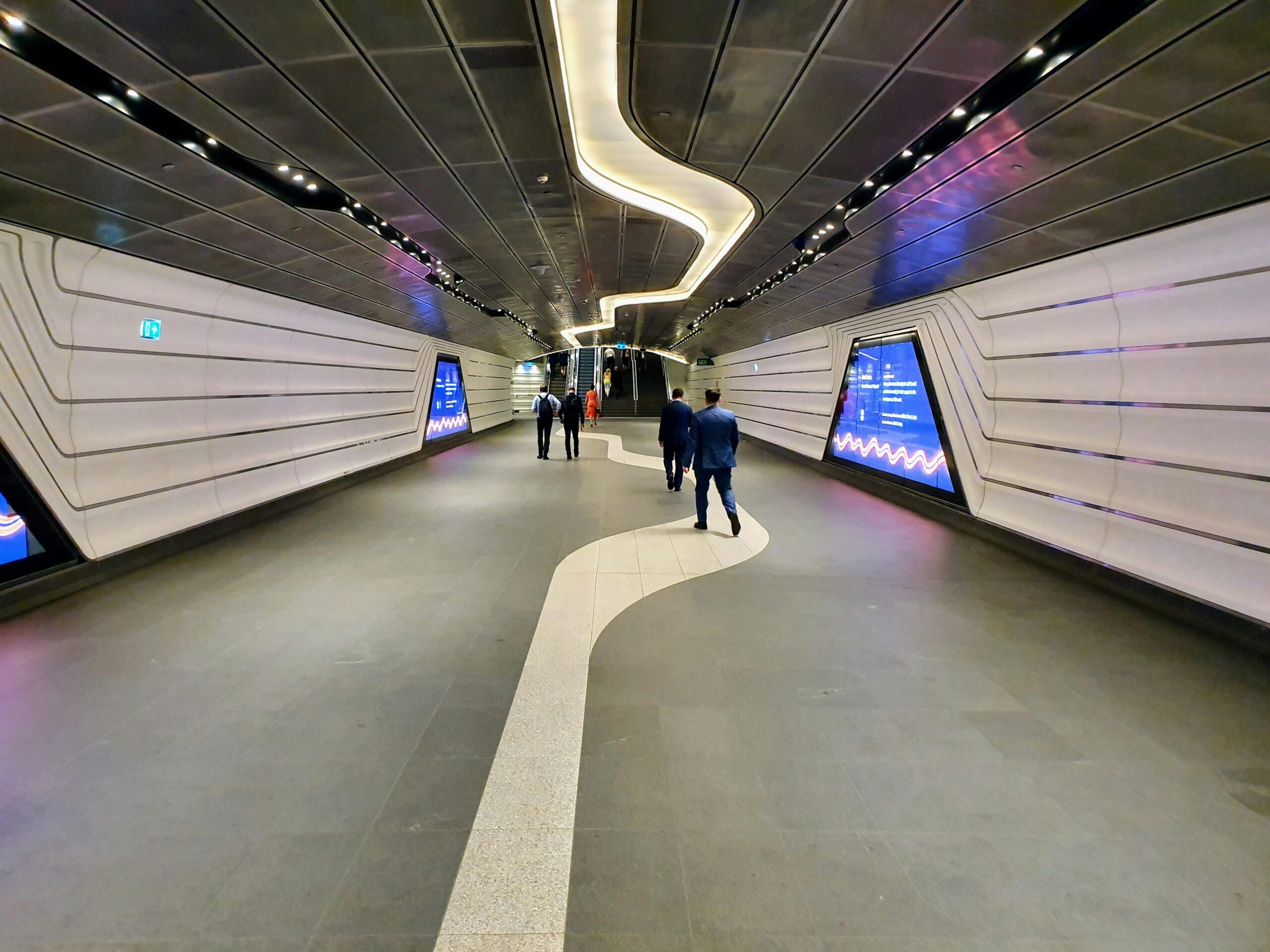The “consumer-centric” trend that currently pervades the business world has quietly made its way to the halls of government and service delivery. The Australian Public Service (APS) is drastically rethinking the way it’s developing policy and re-skilling its staff to engage in Innovative Policy Making; organisations are transitioning to a more collaborative, customer-focussed way of working, and government knows it needs to be aligned. Citizen participation in policymaking or the ‘co-production’ of policy and regulatory reform requires major shifts in the culture and operations of government agencies. A fundamental shift from being government-centric to being citizen-centric is required. How can government actually serve and empower citizens through policy if they can’t hand-on-heart say that they have directly spoken to those they are designing policies for? That is the essence of innovative policy making and innovative policy development The NSW Government is embedding design thinking into its future policy-making approach by investing in training staff in the methodology. The new approach is timely as Martin Parkinson, Secretary for the Department of Prime Minister and Cabinet recently commented that he is “strongly of the belief that [Prime Minister and Cabinet], and indeed the entire APS, needs to do better at policy development and . In particular, there is a need to be rigorous in basing policy on a foundation of strong evidence, to be open to different perspectives, to question our ideas and to consider the challenges of implementation in policy design.” These comments come after Malcom Turnbull’s Innovation agenda was slammed in the Auditor General’s report as being ‘badly designed and lacking evidence’. The future of work in government requires that policy-makers shift from being structured, consultative and removed from implementation to being flexible, collaborative and actively considering implementation throughout the design process. How design thinking compares to traditional consultation A design-led approach differs from ‘traditional’ consultation approaches, such as round-tables with industry associations and peak bodies, focus groups with community members, online surveys and public meetings. These traditional methods are responsive to pre-formed policy, regulation and service delivery options when seeking feedback. Design thinking works to deliver best practice consultation by starting and finishing with the citizens impacted by the policy or regulation, and keeping them as the central focus of the consultation cycle. Citizens are not just the subject of consultation but co-designers in the new policy. Prototyped early stage versions of the new policy design are tested and refined hand-in-hand with citizen beneficiaries. In addition to increased customer-focus, design thinking differs from traditional consultation approaches in several ways:
| Traditional consultation | Design thinking |
| Conceived as a linear process | Conceived as an iterative process |
| Rule-based and logic driven | Creative, open and curious |
| Starting the process with problem definition | Starting the process with customer research to define the problem |
| Defining the problem with a potential solution in mind | Defining the problem based on themes and insights from research |
| Focus groups, roundtables or town halls with groups of customers | One-on-one interviews and observations at individual customers’ home or workplace orthe place of service delivery |
| Customer engagement with industry representatives and associations | Direct engagement with impacted customers |
| Customer engagement after problem is defined and options identified | Customer engagement from start to finish |
| Customer and Industry feedback solicited through call for submissions | Customer and Industry feedback gathered through direct primary research |
| Options developed from existing policies, regulations and services | Options designed around customers’ needs identified in primary research |
| Policy or regulation reform implemented after options analysis and consultation | Policy or regulation reform iteratively prototyped and tested with customers to build a strong evidence base about whether the policy will be accepted or rejected |
What skills are required for policy designers of the future? As with any new way of working, there are new skills and capabilities that need to be developed. The central tenet of design thinking is customer-centricity. But, specifically for policymakers there are three other key skills required for applying this innovative policy making approach:
- Policymakers of the future need to learn to embrace failure. One of the key issues in government today is the fear of failure and both the internal and public pressure to never get policy wrong. The design thinking approach removes the focus on getting it “right” and encourages policy makers to work with end-users to test assumptions in the policy to actively identify the ways in which the policy could fail. By actively seeking to fail as part of the design process, policy makers generate a bank of evidence that outlines not only what will work but what will not work and why.
- Diversity is essential for policy designers of the future. For too long, policymaking has been the realm of subject-matter experts and policy officers. Design thinking requires diverse opinions and viewpoints to be successful – experts may bring one lens to the table, but people unfamiliar with the subject matter and those being directly affected by the policy bring other, often conflicting perspectives. Rather than working to improve the status quo, diversity invites questions and constructive collaboration to the policy design process. Additionally, working across agencies has been identified as a successful way to strengthen relationships within government while also bringing different ways of thinking to policy design conversation.
- Creative visual ways of working democratise policy-making. Policymakers spend most of their time reading and writing documents. Many citizens find policy documents and reports difficult to understand, full of jargon and onerous to read. Asking end-users (citizens) who are not conversant in government-speak to read a 25-page report and provide feedback is government-centric not citizen-centric.
Working visually and creatively will help break down this barrier, making it easier for citizens and encouraging policy makers to develop and use creative skills rather than just analytical skills. Stories of policy success with design thinking The Department of Primary Industries and Office of the Small Business Commissioner recently delivered a nation-leading policy design projectaimed to redesign policies affecting commercial beekeepers in NSW. The success of this project and the user-centred design skills developed by the project team has given both departments confidence to invest in future applications of design thinking in NSW government. Two new cross-departmental policy design programs are now underway as citizen-centred design transforms policy development in NSW to a more innovative policy development model. While Design thinking is not the panacea to policymaking, it adds a strong qualitative evidence-base, applies a user-centric approach to policymaking and develops new and transferrable capabilities in policymakers. The continued development of innovative policy making in Government has immense potential to enhance government policy in not just federal government but also state government and local government. facebooktwitter[wpautbox authorid=”-1″]












